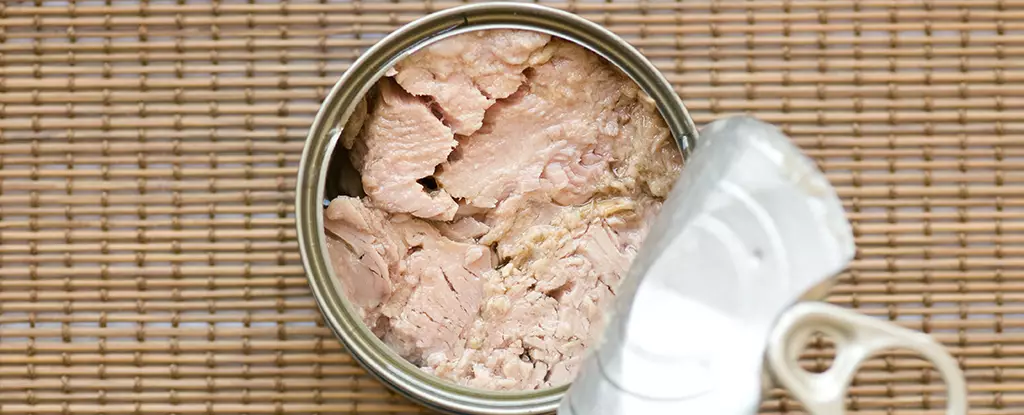For generations, fish has been celebrated as a vital component of a healthy diet, particularly in cultures that follow the Mediterranean lifestyle. Rich in omega-3 fatty acids and essential nutrients, it promotes cardiovascular health and cognitive functions. However, lurking beneath this culinary delight is the grave concern of mercury contamination, a toxin that poses significant health risks, especially to vulnerable populations such as pregnant women and young children. While the nutritional value of fish is largely undisputed, the challenge remains: how do we enjoy its benefits without succumbing to its dangers?
Innovative Solutions: The Role of Cysteine
Recent advancements in food science have provided a glimmer of hope for addressing the mercury dilemma. Researchers from the Swedish University of Agricultural Sciences and Chalmers University of Technology have pioneered a method that leverages an amino acid, cysteine, to effectively reduce mercury levels in canned tuna—a species notorious for its mercury accumulation. By immersing tuna in a water solution imbued with cysteine, the scientists managed to extract between 25% and 35% of the mercury present in the fish. This is not just a lab curiosity; it is a tangible pathway to making fish consumption safer.
The essence of this remarkable process lies in the unique bonding properties of cysteine with mercury. Initially drawn to its potential through prior studies, researchers hypothesized that cysteine’s adept binding capabilities could facilitate the removal of mercury from fish tissue. “This approach allows us to draw out mercury while discarding it safely,” explains chemist Przemysław Strachowski. The method, remarkable for its low resource intensity, promises a significant reduction in mercury exposure without sacrificing the quality or taste of the fish.
Application in the Real World: Active Packaging
If the research team can refine this method for widespread use, it could revolutionize how fish is packaged and stored. Strachowski emphasizes that the beauty of this innovation lies in its capability to actively reduce contaminants while products are still sitting on shelves. Unlike existing methods, which typically require laborious processing steps, the cysteine-infused packaging could streamline fish consumption safety. Taken a step further, such solutions might drastically shift public perception regarding the safety of consuming fish.
Admittedly, challenges remain in transitioning from laboratory success to real-world application. The research is ongoing, but these promising early results expose the remarkable potential of adopting alternative strategies to mitigate mercury contamination. Rather than merely imposing consumption limitations, this innovative approach could facilitate a broader and safer inclusion of fish in various diets.
Public Perception and the Broader Impact
There’s an inherent cognitive dissonance for consumers when it comes to fish consumption. On one hand, nutritional recommendations champion its inclusion, while on the other hand, warnings about mercury pollution readily mar the allure. However, when breakthroughs like those achieved with cysteine come to fruition, perceptions could shift. The positive sentiment surrounding fish may regain its momentum, fostering an environment where consumers feel secure in their choices.
The effectiveness of such solutions can extend well beyond the realm of tuna. If cysteine proves successful in lowering mercury levels in a range of fish species, we could witness a significant public health win. Reducing mercury contamination across the board would not only protect consumers but also potentially reduce the stigma surrounding various types of seafood. The implications are vast, reaching into everything from culinary industries to public health policies.
The Road Ahead: Enhancing Food Safety
With mercury poisoning representing a pressing issue in food safety, the investigation into cysteine’s binding capabilities sparks hope. It represents a pivotal step in shifting the dialogue about fish consumption from one dominated by caution to one celebrating its abundant health benefits. While full-scale application remains on the horizon, the work of Strachowski and his colleagues embodies an essential narrative: science is unlocking new pathways to ensure that the nutritional power of fish can be enjoyed without the dark cloud of toxicity. As the quest for healthier, safer food options continues, innovations like the cysteine method shine brighter than ever—a beacon for healthier living.


Leave a Reply